10 Best Adventures of 2001
By:
December 19, 2020
Nineteen years ago, the following 10 adventures from the Nineties (1994–2003) were first serialized or published in book form. They’re my favorite adventures published that year.
Please let me know if I’ve missed any adventures from this year that you particularly admire. Enjoy!
- Neil Gaiman’s fantasy adventure American Gods. Released from prison when his wife is killed in a car accident — she’d been having an affair with his best friend — the taciturn “Shadow” Moon finds work as a bodyguard for a Mr. Wednesday. Who is, we will eventually discover, an earthly avatar of a Norse god. Mr. Wednesday is on a cross-country pilgrimage, rallying his fellow deities for a last-ditch battle against America’s new gods — the personifications, that is, of phenomena that we now worship, including an adult-sized fat child (the Internet), men in black (conspiracy theories), and the goddess of media, who communicates through characters in TV shows. Shadow himself becomes the focus of this epic struggle, and Mr. Wednesday becomes his guardian — rather than the other way around. During a trip to the land of the dead, Shadow discovers his own true nature… and begins to understand the true stakes of the game in which he has become entangled. Oh, and his ex-wife returns from the dead as an ass-kicking zombie of sorts! Fun facts: Winner of the Hugo and Nebula awards. A comic book adaptation, American Gods: Shadows, was published by Dark Horse Comics starting in March 2017. There have been two seasons, so far, of the Starz television adaptation (2017–2019), with a third season scheduled for 2021.
- Dennis Lehane’s crime adventure Mystic River. Twenty-five years after their friend Dave Boyle was abducted by child molesters from their blue-collar Boston neighborhood, Sean Devine has become a homicide detective for the state police and Jimmy Marcus a criminal mastermind who’s trying to go straight. When Jimmy’s daughter, Kate, is murdered, Sean is assigned to investigate; Dave, meanwhile, becomes the most likely suspect. The race is on… Can Sean crack the case before Jimmy takes matters into his own hands? It’s a depressing, sordid tale about the impossibility of avoiding the violence and abuse that endures from one generation of damaged souls to the next. We spend a lot of time inside each man’s head, which is no picnic. A long, highly atmospheric tragedy. Fun facts: Clint Eastwood directed the 2003 movie adaptation of Lehane’s novel. Sean Penn won an Oscar for his portrayal of Jimmy, and Tim Robbins won one for his portrayal of Dave. Kevin Bacon, meanwhile, played Sean.
- Yann Martel’s philosophical adventure Life of Pi. Piscine “Pi” Patel, a middle-aged Indian immigrant to Canada, narrates the story of how he and his family left India in 1976, traveling on a freighter along with animals from their zoo. When the ship sinks in a storm, the 16-year-old Pi escapes in a lifeboat — which is also occupied by a spotted hyena, an injured Grant’s zebra, and an orangutan named Orange Juice. To Pi’s distress, the hyena kills the other two animals… at which point Richard Parker, the family’s beloved tiger, emerges from hiding and kills the hyena. During a voyage of over 200 days, Pi — who grow up to become a theologian — asserts his dominance over the tiger, who saves his life more than once. In the book’s third section, officials investigating the shipwreck question Pi’s account of his ordeal… at which point he offers a different version of the events, leaving us to wonder which one is true. A bit too didactic, at times, perhaps, but a mesmerizing tale. Fun facts: Winner of the Booker Prize, Life of Pi was a bestseller. It was adapted as a 2012 feature film starring Suraj Sharma, Irrfan Khan, Rafe Spall, Tabu, Adil Hussain, and Gérard Depardieu. Ang Lee won the Oscar for Best Director.
- Glen David Gold’s historical mystery thriller Carter Beats The Devil. Carter, a character based on the stage magician Carter the Great (Charles Joseph Carter, 1874–1936), learns his craft and becomes a vaudeville star… only to see the vaudeville era come to an inglorious end. He battles government agents, rapacious businesses, and secret societies as he seeks the truth about President Harding’s death; Carter himself is a top suspect, since Harding died shortly after taking part in the magician’s show. Carter encounters all sorts of real-life characters, including Harry Houdini, the Marx Brothers (before they become the Marx Brothers), and the inventor Philo Farnsworth. A rival magician, Mysterioso, is a sinister figure in the plot, too. What’s it all about? It seems that Carter has come into possession of a secret about a revolutionary new technology; everyone is out to get him. Can the great escape artist conjure himself out of this pickle? A highly enjoyable romp through a fascinating American era. Fun facts: Alan Moore, in an interview, said: “I’ve been quite impressed with Glen Gold’s Carter Beats the Devil, there’s a thumping good yarn.” Gold, who was kind enough to contribute a story to my Significant Objects project, is the author of one of the best memoirs ever: I Will Be Complete (2018).
- John le Carré’s espionage adventure The Constant Gardener. When his beautiful younger wife, Tessa, is murdered in a remote are of Kenya while in the company of her fellow humanitarian activist, Arnold Bluhm, British diplomat Justin Quayle heads home to England… in order to get to the bottom of what he suspects to be a conspiracy involving KVH, a pharmaceutical company that has been testing a new TB drug in Africa. As with some of my other favorite Le Carré novels, from Call for the Dead (1961) to Our Game (1995), this one is a hybrid of murder mystery and political thriller. Quayle, whose hobby is gardening, proves himself “constant” — that is, both unstoppable in his quest for the truth, and faithful to his love for Tessa — as he navigates British Intelligence, the pharma industry, and the world of do-good NGOs. Were Tessa and Arnold lovers? Had they discovered a truly sinister secret? Who betrayed them? This is a posthumous love story, if you can imagine such a thing, as well as a compelling hunted-man story. We cheer Justin on, as he eludes the good guys and bad guys alike, until the bitter end. PS: “There is only a fleeting reference to gardening,” warns a dumb Goodreads review, “so horticulturists need not get their hopes up.” Fun facts: Le Carré based his story on a real-life case in Kano, Nigeria. The 2005 film adaptation, directed by Fernando Meirelles, starred Ralph Fiennes as Justin, Rachel Weisz as Tessa, Hubert Koundé as Arnold, and Bill Nighy as Sir Bernard Pellegrin.
- Ken MacLeod’s Engines of Light sci-fi adventure Dark Light. In what is easily the most Jack Kirby-esque of MacLeod’s space operas, we discover that ancient astronauts did visit Earth, at which point they hastened the evolution of dinosaurs into… the “Grey aliens” whom we’ve come to know and love. These advanced Saurs later helped rescue humankind’s primitive ancestors from a meteor attack orchestrated by the “gods” — extremophile nanobacteria, linked into a vast cosmic mind, which exist in asteroids and cometary masses throughout the galaxy… and which were already in communication with Earth’s squid population. Other gods created the so-called Second Sphere, which is 100,000 light years from Earth, and populated it with a host of kidnapped species. Against the backdrop of this epic cosmogony, Matt Cairns and the immortal cosmonauts of the Bright Star (about whom we read in 2000’s Cosmonaut Keep) travel in a refurbished spacecraft from one planet to another within the Second Sphere — from Mingulay to Croatan — and in so doing set off a revolution, indirectly and directly. Although we meet the gods, the book’s most memorable character is Stone, brave member of a steampunk tribe on Croatan, who — although male and heterosexual — refuses to become what his culture recognizes as a “man.” Fun facts: As a young Trotskyist in the ’70s, MacLeod began writing a modern version of Lucretius’s On the Nature of Things, a poem offering an impassioned defense and exposition of materialism and of the ethical teachings derived from it. The epigraph to Dark Light — “Don’t fear that philosophy’s an impious way / Superstition’s more likely to lead folk astray” — is one of the few remnants of this project.
- Malorie Blackman’s YA sci-fi adventure Noughts and Crosses (in the US: Black & White). In Albion, a near-future, alternate-reality England, although Africans long ago colonized Europe and enslaved white-skinned people, today slavery has been abolished. However, the so-called “crosses” (Brits of African descent) oppress the “noughts” (native Britons) and maintain their own privileged status through political, economic, and cultural means. Persephone “Sephy” Hadley, daughter of a powerful cross politician, grows up with Callum McGregor, the son of her nanny and one of the few noughts to attend her elite school. Although the two are close friends, they drift apart after Callum is forced to leave school… until Callum, who has since drifted into the orbit of a violent paramilitary group seeking to overthrow institutionalized racism, helps them kidnap Sephy. (Considered one of the most influential recent books in British literature, Noughts and Crosses alternated between Sephy’s and Callum’s perspectives.) When Sephy learns that she’s pregnant, she faces an impossible choice. Fun facts: First installment in a series that also includes An Eye for an Eye (2003), Knife Edge (2004), Checkmate (2005), Double Cross (2008) and Crossfire (2019). The first season of the British TV adaptation, Noughts + Crosses, aired in March 2020.
- Eoin Colfer’s YA fantasy adventure Artemis Fowl. The titular character is a 12-year-old genius who runs his family’s criminal empire. He’s also a talented literary scientist who studies mythology for clues on how to capture a fairy, force her to grant him a wish (the object of which reveals Artemis’s sentimental side), and thwart the magical abilities of the fairies, dwarves, trolls, and other creatures whom he knows will attempt to retaliate. It’s a fun idea — the author described it as “Die Hard with fairies” — and the book was an international bestseller, which is why it belongs on this list… even though Colfer’s plot and prose leave a great deal to be desired. After acquiring and translating the Book of the People — the holy book of the fairy kingdom — Artemis is able to capture Holly, a fairy police officer, and imprison her in his family’s mansion. Holly’s commanding officer, Julius Root, attempts to free her but fails; he is replaced by an unscrupulous fairy who will stop at nothing… including deploying a magical weapon of mass destruction! Fun facts: Followed by eight titles (so far), including Artemis Fowl and the Arctic Incident (2002), Artemis Fowl and the Eternity Code (2003), and Artemis Fowl and the Opal Deception (2005). The 2020 movie adaptation was directed by Kenneth Branagh; it was released exclusively on Disney+ and received negative reviews.
- Judd Winick and Mike McKone’s Exiles comics (2001–2008). The Exiles are a team of superheroes — including Morph and Blink, as well as Mimic, Magnus (son of Magneto and Rogue), Thunderbird, Nocturne (daughter of Nightcrawler and Scarlet Witch), Wolvie, etc. — from different dimensions. Summoned by the alien Timebreakers to correct problems in various alternate worlds and divergent timelines in the Marvel Multiverse, the Exiles complete various missions assigned to them. It was a what-if? series in which anything could happen; Professor X might be a homicidal maniac; characters could die, permanently; worlds could be destroyed. Within the team, minor players could end up taking the lead, and leaders could vanish. “In an era of crossovers and big events,” Mike Raicht, one of the series’ creators, has reminisced, “Exiles had those every month, and to experience the whole Marvel Universe all you had to do was read this one book.” Fans of the series are particularly fond of the “World Tour” story line, which begins c. issue 70, and in which the Exiles (and the New Exiles) jump from alternate reality to alternate reality in an attempt to stop the evil, body-snatching Proteus. Fun facts: The first volume of Exiles ran for 100 issues, ending after a crossover with the members of New Excalibur in X-Men: Die by the Sword and the one-shot Exiles: Days of Then and Now. Tony Bedard would write half the series, from #46-89; artists include Jim Calafiore, Kev Walker, Clayton Henry, Mizuki Sakakibara, Casey Jones, Steve Scott, Paul Pelletier, and Tom Mandrake.
- Umberto Eco‘s historical, metafictional adventure Baudolino. In the year of 1204, an Italian traveler, Baudolino of Alessandria, saves the life of Niketas Choniates, a (real-life) Greek Byzantine government official and historian of the Eastern Roman Empire. Baudolino is an account of the titular character’s tales, told to Choniates, of his exploits in the known and mythical Christian world of the 12th century. Obsessed with the kingdom of Prester John — a Christian nation fabled to be lost amid the pagans and Muslims in the Orient, and full of riches, marvels, and strange creatures — Baudolino claims to have encountered characters both historical (Frederick Barbarossa, the Holy Roman Emperor from 1155 until his death 35 years later; the Old Man of the Mountain, leader of the Syrian branch of the Nizari Isma’ili state, aka the Assassins; Pope Alexander III; the Venerable Bede) and fictional (e.g., a basilisk, a manticore, a chimera, and a unicorn). It’s a story about story-telling, with various ingenious aspects, including a locked-room murder mystery involving the death of Barbarossa while hosted at the castle of an Armenian noble. We get a lesson — as per usual, in an Eco adventure — in medieval philosophy and theology, in particular Gnosticism, from a female satyr-like creature with whom Baudolino falls in love. A perplexing, charming, thrilling tall tale that deserves to be better known. Fun facts: In an interview, Eco elaborated on the differences between this novel and his 1980 medieval thriller The Name of the Rose. “The Rose is cultured, this one is working class. The Rose is high style, this one is low style. The language is that of the peasants of the era or the Parisian students that speak like thieves.”

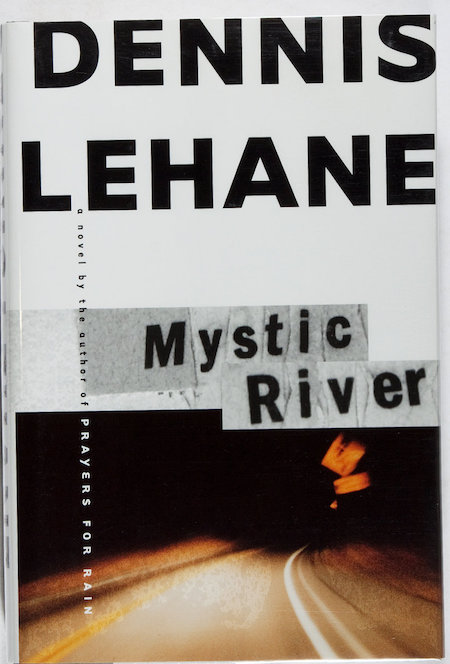
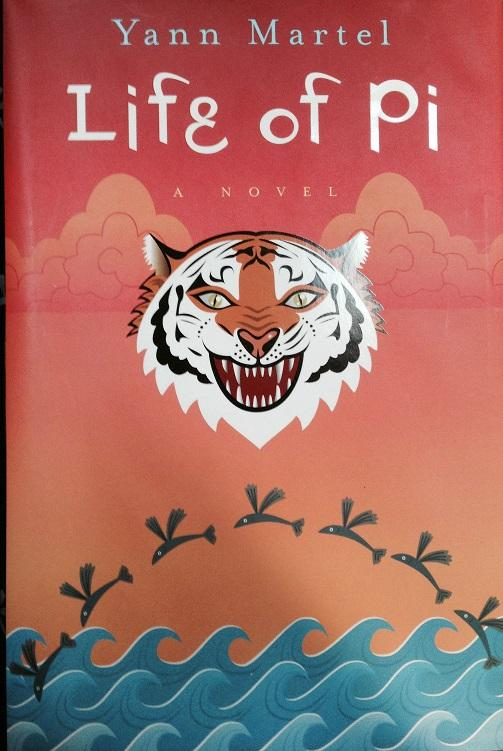
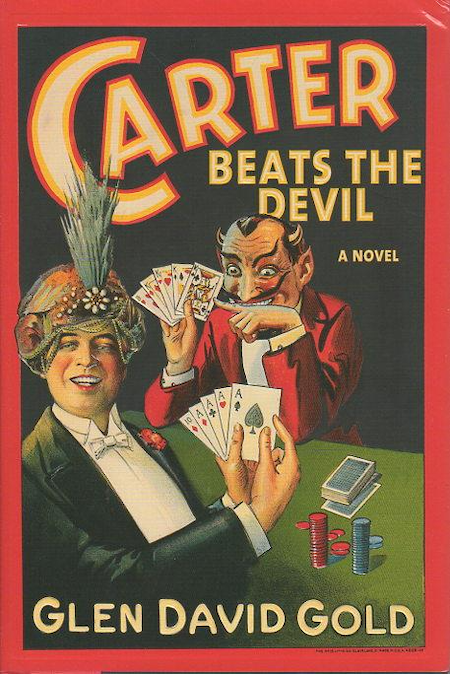
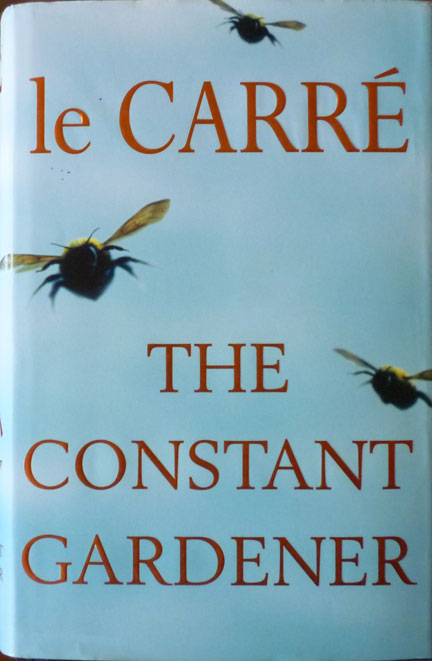
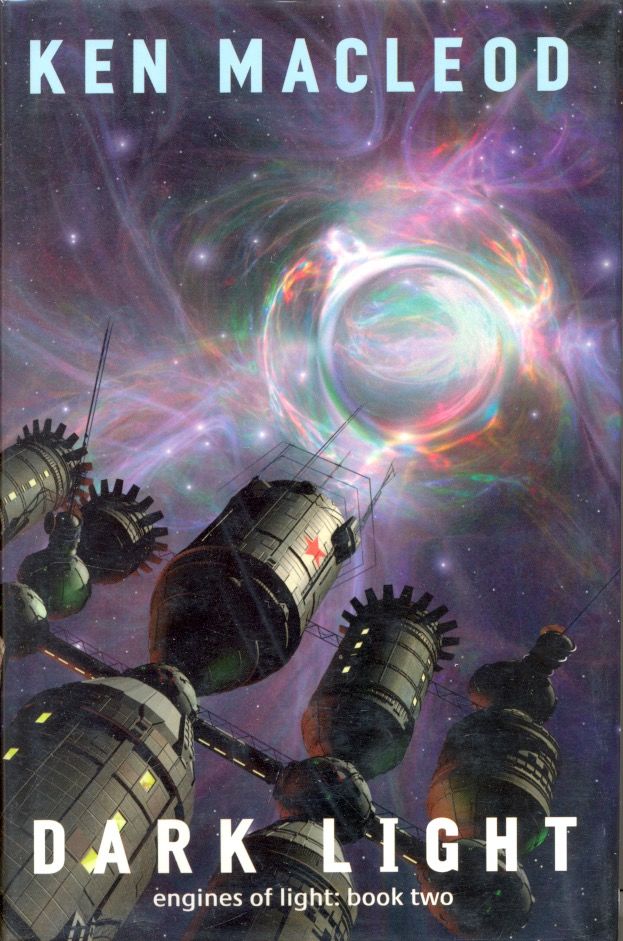

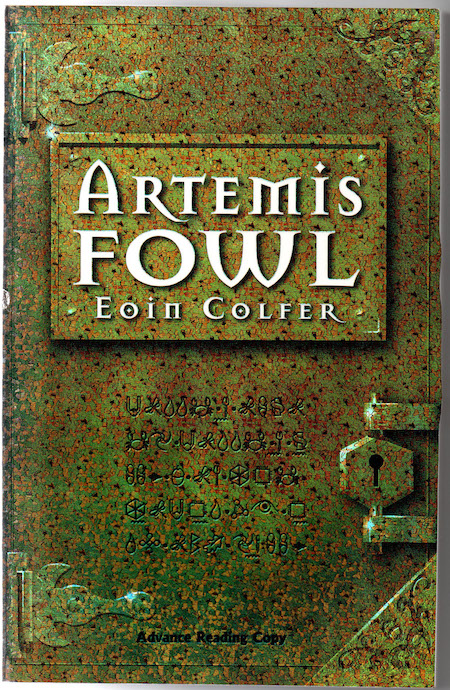

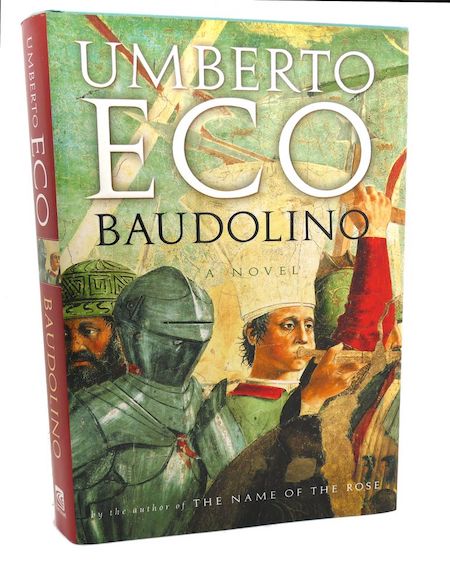
JOSH GLENN’S *BEST ADVENTURES* LISTS: BEST 250 ADVENTURES OF THE 20TH CENTURY | 100 BEST OUGHTS ADVENTURES | 100 BEST RADIUM AGE (PROTO-)SCI-FI ADVENTURES | 100 BEST TEENS ADVENTURES | 100 BEST TWENTIES ADVENTURES | 100 BEST THIRTIES ADVENTURES | 75 BEST GOLDEN AGE SCI-FI ADVENTURES | 100 BEST FORTIES ADVENTURES | 100 BEST FIFTIES ADVENTURES | 100 BEST SIXTIES ADVENTURES | 75 BEST NEW WAVE SCI FI ADVENTURES | 100 BEST SEVENTIES ADVENTURES | 100 BEST EIGHTIES ADVENTURES | 75 BEST DIAMOND AGE SCI-FI ADVENTURES | 100 BEST NINETIES ADVENTURES | 75 BEST HADRON AGE SCI-FI ADVENTURES | NOTES ON 21st-CENTURY ADVENTURES.
